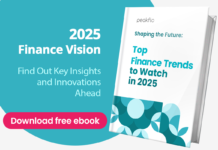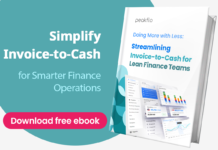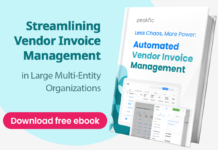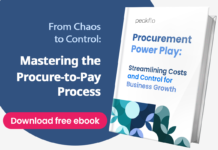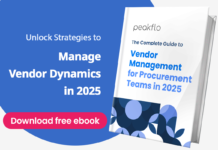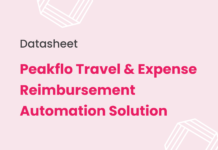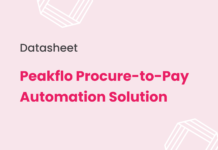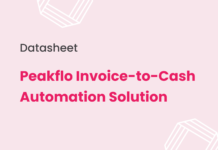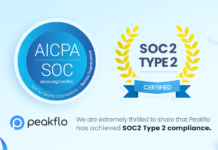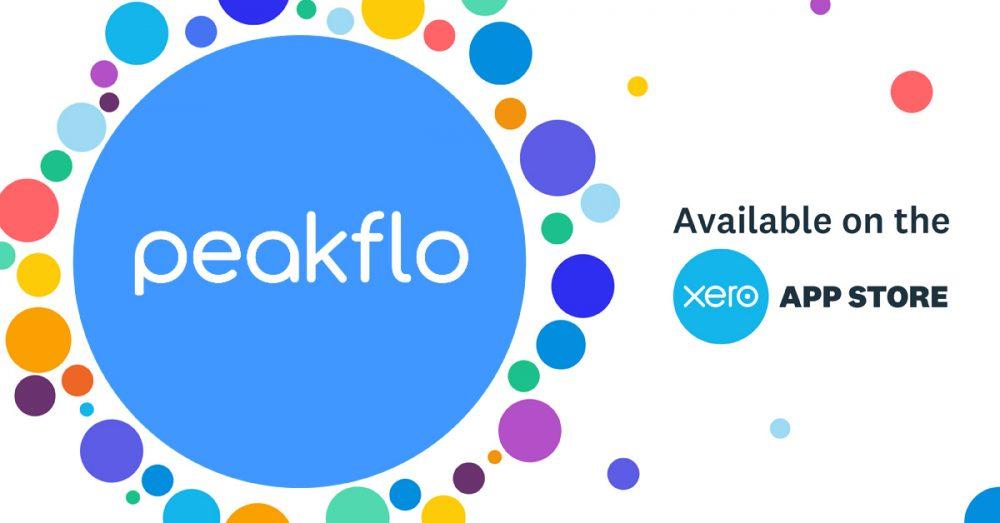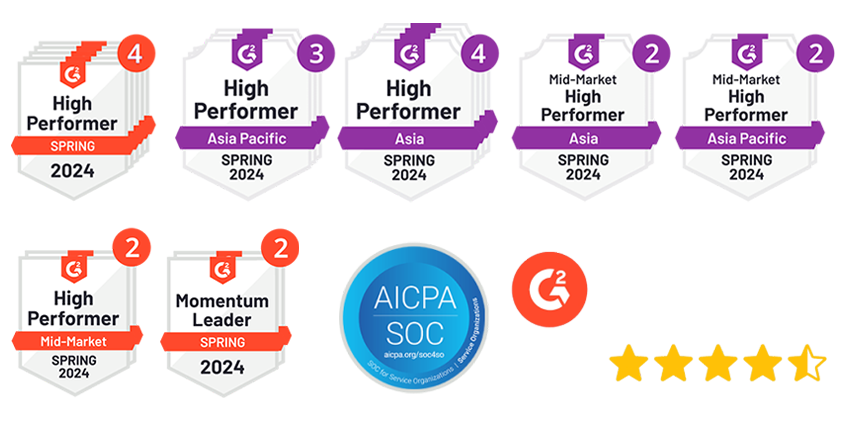Building AI agents that can work independently remains a challenge for many organizations. While over 50% of respondents use some form of AI agents today, creating truly autonomous systems often proves more complex than expected. Agentic frameworks offer a practical solution to this problem by providing ready-made templates for developing AI agents that can operate independently, make decisions, and execute complex tasks.
Traditional AI systems require constant human oversight and operate within rigid parameters. Agentic AI frameworks enable the development of more autonomous and highly scalable intelligent agents. These software platforms come with built-in features and functions that speed up the development process, essentially serving as modular building blocks for creating AI agents capable of self-directed workflows.
These frameworks save significant time and effort by offering pre-built components that developers can use immediately, rather than building everything from scratch. Whether you’re looking to automate customer support, optimize operations, or enhance decision-making processes, understanding the right agentic AI framework for your needs is crucial for success.
In this guide, we’ll break down agentic frameworks, explore their key features, and show you how to apply them effectively in real-world projects. You’ll learn about different types of frameworks, popular options to consider, and how to select the one that best aligns with your technical capabilities and business objectives.
What is an Agentic Framework?
Image Source: Analytics Vidhya
An agentic framework provides the foundational structure for developing autonomous AI systems that can perceive, reason, act, and learn with minimal human supervision. At its core, an agentic framework defines how AI components work together to achieve specific goals while offering pre-built implementations that reduce technical complexity for developers.
Definition and Core Purpose
Agentic frameworks serve as blueprints that outline interactions between AI agents through defined parameters and protocols. They solve a critical challenge: enabling language models to interact with the world beyond generating text. These frameworks transform static text generators into systems that can take actions through APIs, maintain context across interactions, coordinate multiple specialized components, and make decisions based on dynamic information.
How It Differs from Traditional AI Models
Traditional AI models require explicit prompts and operate within predefined workflows, primarily functioning as sophisticated tools responding to specific inputs. Agentic frameworks support AI systems that act independently and adapt in real-time. While traditional models analyze input and return outputs based on training data, agentic systems can autonomously analyze situations, develop strategies, and execute tasks in parallel.
Agentic frameworks offer modularity, scalability, and interoperability—qualities that allow for greater flexibility when handling complex, multi-step problems. They enable AI to break down tasks, formulate plans, and execute them without continuous human guidance.
Agentic AI vs LLMs
Large Language Models (LLMs) form the foundation for agentic AI, yet agentic frameworks extend LLMs with crucial new capabilities. While an LLM can generate text based on a query, an agentic framework orchestrates LLMs with reasoning frameworks, memory systems, planning mechanisms, and tool utilization capabilities.
Agentic frameworks typically involve multiple LLMs communicating through prompts, using external tools, and manipulating files. This modular approach allows for handling more complex workflows than a single model could manage, with tasks potentially running in parallel instead of sequentially. Agentic AI represents a paradigm shift in human-machine collaboration rather than simply an incremental step in artificial intelligence.
Types of Agentic Frameworks: Horizontal vs Vertical
Agentic frameworks can be categorized into two distinct architectural approaches, each offering different capabilities for building AI systems. Understanding these types helps you select the right framework for your specific project requirements.
What are Horizontal Frameworks?
Horizontal frameworks are designed with broad capabilities that work across multiple industries and use cases. These frameworks prioritize flexibility over specialization, offering a versatile foundation for general AI applications. Horizontal agentic frameworks operate as peer collaboration models where agents work as equals in a decentralized system, collaborating freely to solve tasks.
The strength of horizontal frameworks lies in their adaptability. They enable parallel processing where agents can work on tasks simultaneously, fostering innovation through dynamic problem-solving. These frameworks are particularly effective for brainstorming sessions that require generating diverse ideas or tackling interdisciplinary challenges that benefit from multiple perspectives.
However, horizontal approaches come with notable limitations. They lack deep industry expertise and often require extensive customization for specialized tasks. Additionally, these frameworks face coordination challenges that can cause inefficiencies, and their decentralized decision-making process sometimes leads to slower outcomes due to excessive deliberation.
What are Vertical Frameworks?
Vertical frameworks take a specialized approach, designed for specific industries or domains with deep expertise in particular workflows. In vertical architectures, a leader agent oversees subtasks and decisions, with other agents reporting back for centralized control. This hierarchical structure creates clear accountability with defined roles.
The primary advantage of vertical frameworks is their precision within specialized domains. They come pre-configured with capabilities tailored for complex workflows in industries like finance and insurance. Vertical frameworks excel at task efficiency for sequential workflows and provide stronger compliance features, including built-in security controls that align with industry-specific regulations.
Despite these benefits, vertical frameworks have limitations. Their centralized approach can create bottlenecks when too dependent on leader agents, and they present a single point of failure if the leader encounters issues. These frameworks also have limited applicability outside their specialized niche.
For most enterprises, the choice between horizontal and vertical frameworks depends on whether you need broad functionality across many domains or deep expertise in a specific industry.
Key features of agentic AI frameworks
Image Source: Ali Arsanjani – Medium
Modern agentic frameworks provide robust foundations for building autonomous AI systems through several distinctive features that make them more powerful than basic LLM applications. These features work together to create capable agents that can tackle complex tasks with minimal human intervention.
Modularity and pre-built components
Agentic frameworks come with pre-formatted components that dramatically accelerate development. Rather than building everything from scratch, developers can use ready-made modules such as predefined workflows, pattern recognition systems, and integration templates.
This modular approach allows teams to independently fine-tune specific components without affecting overall system stability. Pre-built elements like perception modules, reasoning engines, and execution mechanisms create a templated approach to deploying new AI agents. This makes advanced AI development accessible even to organizations with limited technical resources.
Multi-agent orchestration
A particularly powerful aspect of agentic frameworks is their ability to coordinate multiple specialized agents working together. Through orchestration mechanisms, these frameworks manage handoffs between different agents, ensuring seamless collaboration on complex tasks.
For instance, one agent might create email accounts while another handles software licenses, avoiding common mistakes like incorrect permissions. This coordination happens through communication protocols that allow agents to share information and align their goals. Research shows this collaborative approach enhances efficiency, reduces biases, and encourages agents to work toward common objectives.
Planning, reasoning, and memory
Effective agentic frameworks incorporate sophisticated planning and reasoning capabilities alongside multi-layered memory systems. Planning components help agents determine action sequences, break complex tasks into manageable subtasks, and prioritize steps based on dependencies.
Memory systems typically include:
- Short-term memory for immediate interactions
- Long-term memory for historical data
- Episodic memory for past experiences
- Consensus memory for shared information across agents
These systems enable agents to maintain context over time, learn from previous interactions, and adapt their strategies for improved performance.
Tool and API integration
Tool integration enables agentic frameworks to connect with external resources, extending their capabilities beyond text processing. This includes web searches, file searches, calculators, databases, and API calls to various services.
The integration process typically involves query analysis, tool selection, function calling with necessary parameters, observation of results, and incorporation of retrieved information into responses. This capability allows agents to access real-time data, perform calculations, and interact with other software, making them substantially more useful in practical applications.
Monitoring and debugging tools
Advanced agentic frameworks include comprehensive observability features that provide insights into agent operations. These tools trace execution paths, visualize decision-making processes, and capture metrics on performance and resource utilization.
For example, OpenTelemetry-based libraries standardize the collection of logs, metrics, and traces across multi-agent systems. Proper monitoring helps developers identify bottlenecks, debug complex workflows, and validate that systems comply with safety guidelines. As agentic systems grow more complex, these observability tools become increasingly vital for maintaining reliability and understanding how agents arrive at their decisions.
Real-world use cases and applications
Image Source: AllAboutAI.com
Agentic frameworks are transforming critical business operations across multiple industries. These systems provide autonomous solutions for complex challenges that once required extensive human intervention.
Customer support automation
Customer service teams face mounting pressure to handle increasing volumes while maintaining quality. By 2028, agentic AI will autonomously resolve 80% of common customer service issues without human intervention, reducing operational costs by 30%. Organizations implementing agentic customer service tools report a striking 93% expectation that these systems will deliver more personalized, proactive services.
The results speak for themselves. At Camping World, virtual agent integration decreased customer wait times from hours to just 33 seconds while increasing engagement by 40%. These improvements directly impact customer satisfaction and operational efficiency.
Finance and fraud detection
Financial institutions face billions in fraud losses annually. Payment fraud worldwide reached over $190 billion in 2023 alone, making real-time detection essential for protecting both institutions and customers.
Agentic frameworks enable real-time fraud detection by analyzing millions of transactions instantaneously to identify anomalies that traditional rule-based systems miss. These systems can block suspicious transactions before they process, rather than flagging them hours later.
Peakflo’s Agentic workflow represents the cutting edge of finance operations automation. Unlike traditional rule-based RPA systems, Peakflo’s AI Agents function as intelligent finance teammates that think, speak, and act autonomously. Finance teams using Peakflo’s Agentic workflows don’t just save time—they reclaim control with traceable, intelligent conversations fully integrated into their systems of record. Experience the future of finance operations with significantly reduced manual effort—schedule your personalized demo today and discover how AI agents can transform your financial workflows.
Healthcare operations
Healthcare generates massive amounts of data, yet most remains underutilized. By 2025, healthcare will contribute more than one-third of the 180 zettabytes of global data, yet currently only 3% is effectively utilized.
Agentic frameworks coordinate comprehensive care plans across specialized departments like oncology, radiology, and surgery. These systems process vast datasets including clinical notes, imaging results, and treatment guidelines to extract actionable insights. This coordination helps reduce errors and improves patient outcomes through better information sharing.
Supply chain and logistics
Supply chain disruptions cost businesses billions annually. The global AI in supply chain market is projected to grow at 38.8% CAGR from 2024 to 2030, reflecting the urgent need for more resilient operations.
Agentic frameworks enhance supply chain resilience through demand forecasting, inventory optimization, and logistics management. Walmart employs AI agents to forecast demand using historical sales data alongside external factors like local weather and community events. This approach reduces waste while ensuring product availability.
Content creation and marketing
Marketing teams struggle to deliver personalized experiences at scale. Agentic AI enables personalized customer interactions while optimizing content delivery across marketing channels.
Spotify’s AI autonomously tests different recommendation strategies, measures engagement, and refines approaches without human intervention. Similarly, Starbucks implemented “Deep Brew” to optimize inventory management, staffing, and personalized offers through their mobile app. These systems adapt to user behavior in real-time, improving both customer experience and business outcomes.
Conclusion
Agentic frameworks represent a significant step forward in AI development, changing static models into autonomous systems capable of complex decision-making and execution. These frameworks provide essential building blocks that reduce development time while enhancing AI capabilities beyond traditional approaches.
The choice between different framework types depends on your specific business needs. Some excel at broad applications across multiple domains, while others provide specialized expertise for industry-specific challenges. Understanding these differences helps you select the right architecture for your particular use case.
Real-world applications demonstrate the practical value of these frameworks. Customer support automation resolves 80% of issues without human intervention, while sophisticated fraud detection systems protect financial transactions. These implementations deliver tangible benefits across industries.
Organizations that effectively implement agentic frameworks will have a competitive advantage. As these technologies continue to mature, you’ll find more opportunities to automate complex workflows, enhance decision-making processes, and create intelligent systems that adapt to changing conditions.
The time to explore and implement agentic frameworks is now—before they become standard practice across every industry. Start by identifying your most time-consuming manual processes and evaluate which framework type aligns best with your technical capabilities and business objectives.
FAQs
Q1. What are the main differences between agentic frameworks and traditional AI models?
Agentic frameworks enable AI systems to act independently and adapt in real-time, while traditional AI models require explicit prompts and operate within predefined workflows. Agentic frameworks offer modularity, scalability, and interoperability, allowing for greater flexibility in handling complex, multi-step problems.
Q2. How do horizontal and vertical agentic frameworks differ?
Horizontal frameworks offer broad capabilities across multiple industries, prioritizing flexibility over specialization. Vertical frameworks are designed for specific industries or domains, providing deep expertise in particular workflows. The choice depends on whether you need broad functionality or specialized industry knowledge.
Q3. What are some key features of agentic AI frameworks?
Key features include modularity with pre-built components, multi-agent orchestration, advanced planning and reasoning capabilities, tool and API integration, and comprehensive monitoring and debugging tools. These features enable the development of sophisticated AI agents capable of tackling complex tasks autonomously.
Q4. Can you name some popular agentic frameworks and their specialties?
Some popular frameworks include LangGraph for stateful orchestration, CrewAI for collaborative team-based agents, AutoGen for multi-agent systems, Swarm for lightweight multi-agent orchestration, MetaGPT for structured task collaboration, and PromptLayer Workflows for visual AI agent development.
Q5. What are some real-world applications of agentic frameworks?
Agentic frameworks are being applied in various fields, including customer support automation, finance and fraud detection, healthcare operations, supply chain and logistics management, and content creation and marketing. They’re helping organizations automate complex processes, enhance decision-making, and deliver more personalized services.


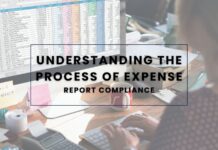


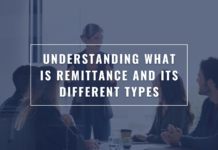


![Agentic Automation Explained: From Basics to Business Impact [2025 Guide] Agentic Automation](https://blog.peakflo.co/wp-content/uploads/2025/07/d2182d50-cc78-4be9-8f70-b407b7f098e4-218x150.webp)







